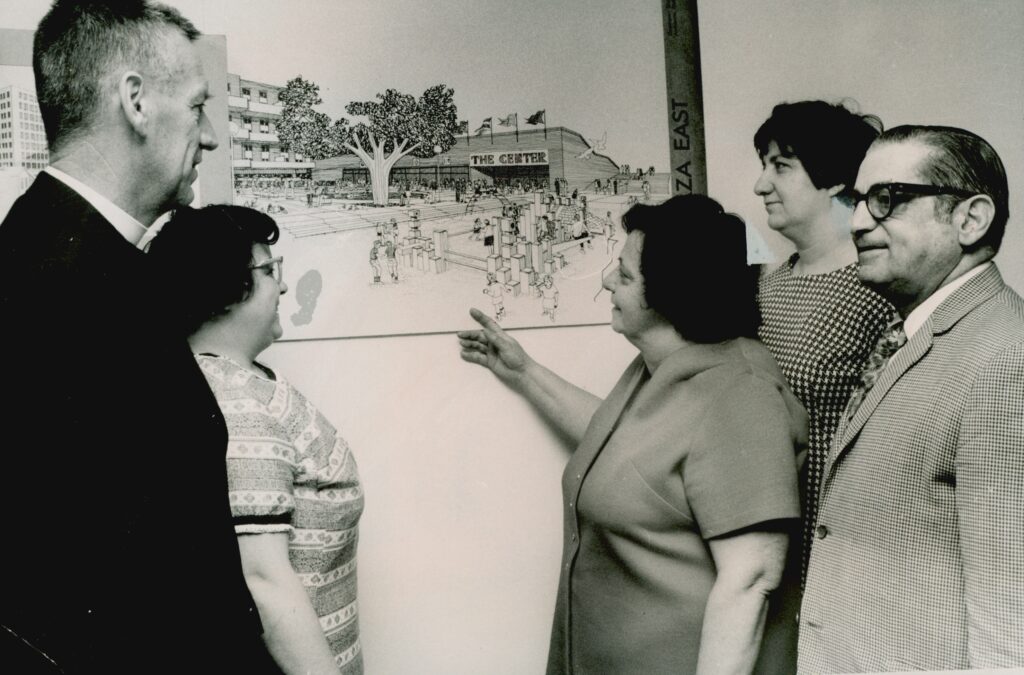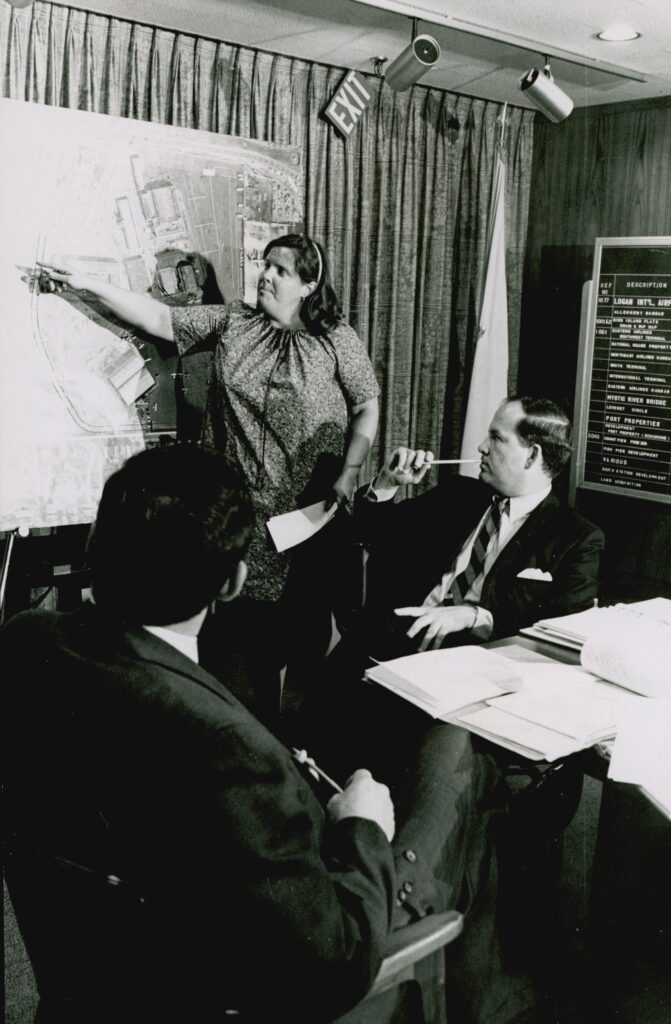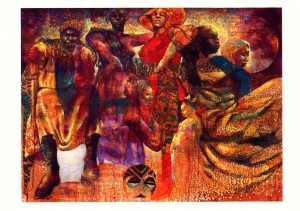The Equal Rights Amendment: A Journey for Women’s Liberation
On January 27, 2022, the Equal Rights Amendment (ERA) officially took effect two years after it was ratified with Virginia’s historic vote as the 38th state to support the amendment. The ratification of this version of the ERA, which was introduced to Congress in 1972, took 48 years to complete. The ERA begins:
“Women shall have equal rights in the United States and every place subject to its jurisdiction. Equality of rights under the law shall not be denied or abridged by the United States or by any State on account of sex.”
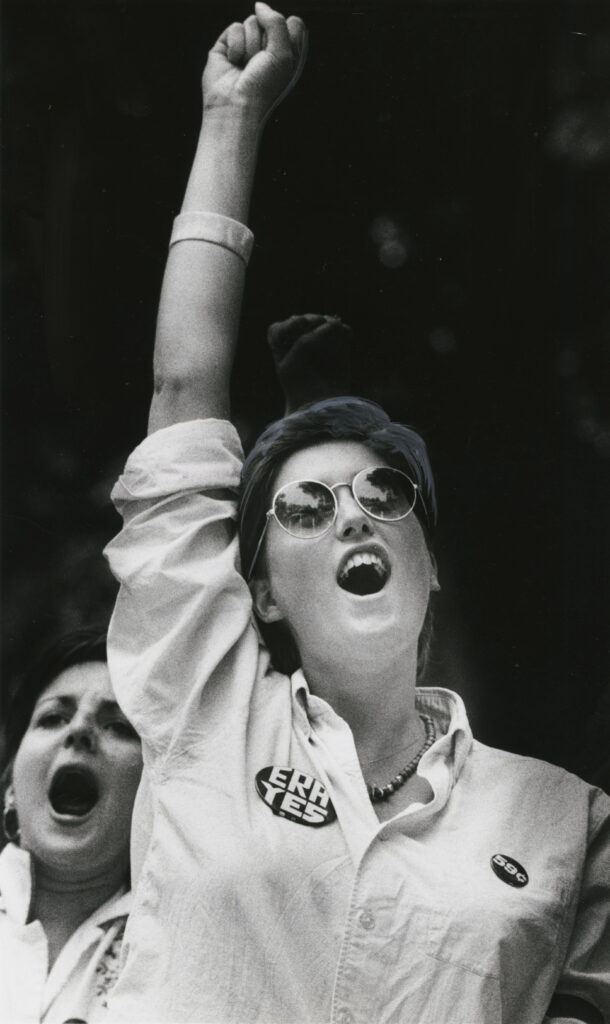
Initially drafted in 1923 by Crystal Eastman and Alice Paul, the ERA was seen as the next step to take for women’s liberation following the passing of the 19th amendment, which gave women the right to vote and prevented them (on paper) from being disenfranchised. Women’s suffrage movements occupied a great space in the American consciousness throughout the end of the 20th century and the first two decades of the 21st century.
Empowered by this, Bostonian women formed groups to keep advocating for women’s rights, even as the passage of the ERA throughout this period did not look promising. Organizations such as the Reproductive Rights National Network and individuals like Sondra Gayle Stein worked tirelessly to advance gender equality in the legislature and in the streets. The Northeastern University Archives and Special Collections (NUASC) is fortunate to maintain the records of many women’s rights organizations that have worked for change throughout the Boston area.
NUASC also holds the Boston Globe Library collection, which contains photographs of life in and around Boston and includes photographs of demonstrations and protests, including those featured in this blog post. More can be found through Northeastern’s Digital Repository Service.
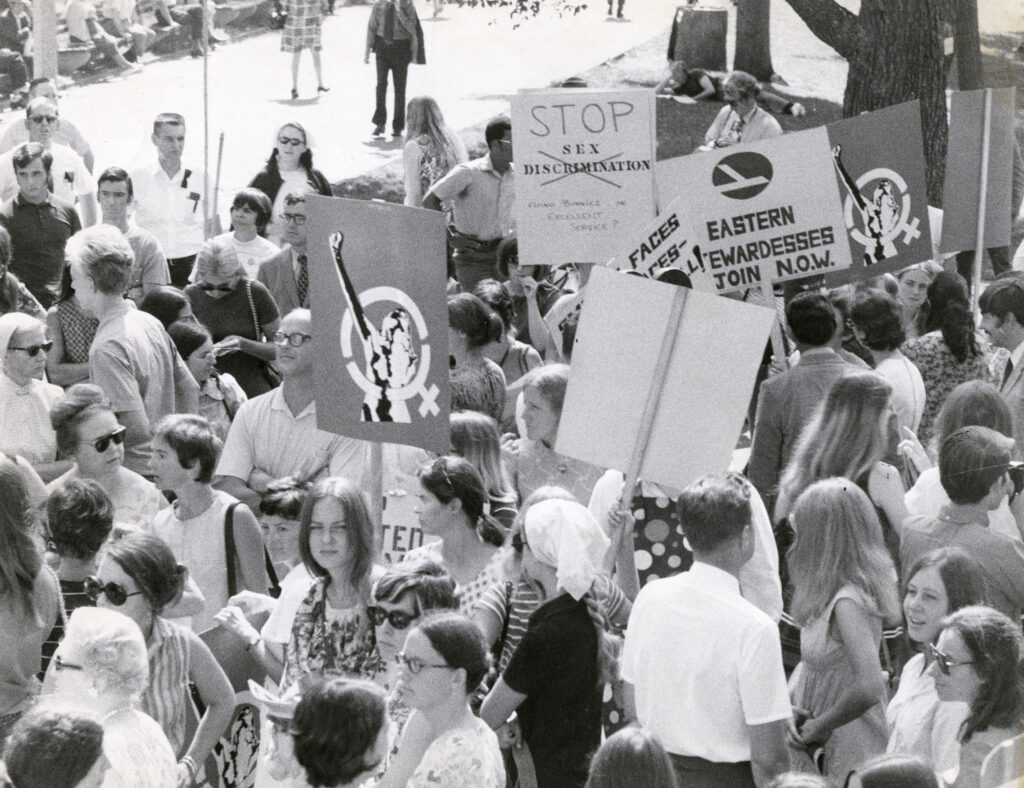
Fortunately for the ERA, a sea change within the legislative branch took place in 1970, when more women than ever before were elected to Congress and were persistent in pursuing the ratification of the ERA. The ERA in its final form that we know today was brought before Congress for its next steps in 1972.
NUASC has a wealth of information on women’s organizations in Boston, such as the Women’s Educational Center, The Second Wave: A Magazine of the New Feminism, and the Women’s School, all of which were organizations that existed in the 1970s-1990s to further women’s rights, promote discussion of feminist theory, and organize for women and other marginalized groups in the Boston area. The records of these organizations and many more groups and people are available for research for all Northeastern students, faculty, and staff, and the greater Boston community, at the Archives and Special Collections.
Sources:
Codrington, Wilfred U., and Alex Cohen. “The Equal Rights Amendment Explained.” Brennan Center for Justice, October 9, 2019.
“Equal Rights Amendment.” Equal Rights Amendment, 2018.
Wegman, Jesse. “Opinion: Why Can’t We Make Women’s Equality the Law of the Land?” New York Times, New York Times, January 28, 2022.
“ERA march to common.” Boston Globe Library collection (M214). University Library Archives and Special Collections Department.
“Equal rights women gather on Boston Common.” Boston Globe Library collection (M214). University Library Archives and Special Collections Department.
